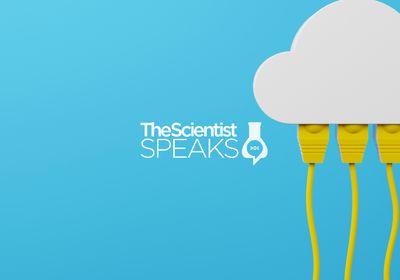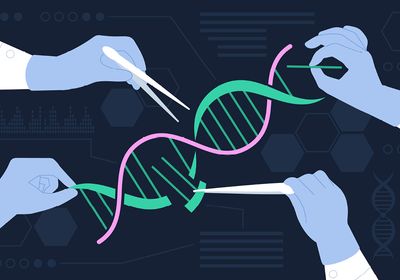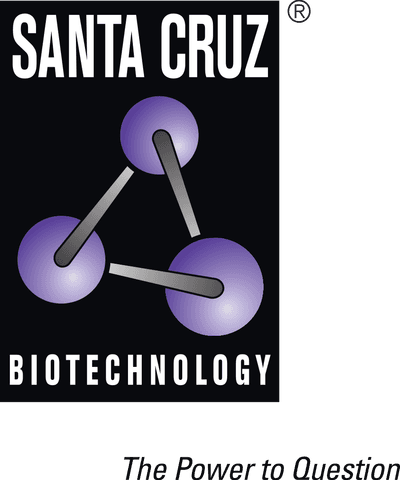ABOVE: Sleep deprivation can alter affective states; scientists are beginning to understand how. © iStock, Prostock-Studio
For most people, staying up all night is a surefire way to spend the following day in a terrible mood. However, for about half of individuals with depression, a sleepless night has the opposite effect: It substantially reduces depressive symptoms.1 Unlike many conventional antidepressants, which can take weeks to reach full efficacy, the mood-boosting effects of sleep deprivation kick in within hours. On the other hand, sleep deprivation can sometimes trigger the onset of a manic episode in people with bipolar disorder.2
Yevgenia Kozorovitskiy, a neuroscientist at Northwestern University, wanted to understand the neurobiological mechanisms mediating these sleep deprivation induced shifts in mood, hoping to gain insights into the underlying pathophysiology of these pernicious affective disorders. In a study published in Neuron, Kozorovitskiy and her team reported distinct dopaminergic pathways in mice that regulate different types of sleep deprivation induced behavioral changes.3
“This is a pretty impressive set of experiments,” said Nadja Freund, a molecular psychiatry researcher at Ruhr University Bochum who was not involved in the study. “As someone who is working on dopamine and models of bipolar disorder, I found it very, very interesting.”
Kozorovitskiy and her team used the well established learned helplessness paradigm by subjecting animals to unpredictable and inescapable stressors to generate a mouse version of depression demonstrated by the animals’ reduced preference for sugar water and their failure to attempt escape when the stressor became avoidable. While noting that animal models can never truly encompass the experience of human affective disorders, Kozorovitskiy said, “this is a way to assess in animals the sense of hopelessness that is seen in so many individuals with depression.”
See also “Why Do I Sleep So Much When I Am Sick?”
After 12 hours of sleep deprivation, these depressive like effects disappeared. In terms of restoration of escape behaviors, a single night without sleep appeared to be about as potent as ketamine treatment in previous research, although the team did not directly compare the two treatments.4
In mice that did not undergo the learned helplessness protocol, sleep deprivation produced different behaviors: Unslept male mice displayed hyperactivity, increased aggression towards unfamiliar male mice, and increased sexual behaviors towards receptive female mice.
Although this is not a complete model of bipolar disorder, there are certainly some similarities in the way that behaviors shifted. “We were able to recapitulate—albeit in a very transient and perhaps dampened way—a broad cluster of the symptoms that are described by individuals with bipolar disorder,” said Kozorovitskiy.
Kozorovitskiy hypothesized that dopamine, which is implicated in mood disorders, especially bipolar disorder, was a key player.5 Sure enough, researchers found that dopaminergic neurons in the ventral tegmental area (VTA) were more active during sleep deprivation, and that suppressing their activity abolished most of the behavioral effects previously observed in the sleep-deprived mice.
However, said Kozorovitskiy, “dopamine neurons, despite how they are sometimes described, aren’t all created equal. They have different projection patterns and do different things.” So, the researchers investigated several brain regions and found that sleep deprivation altered the dynamics of dopamine release in the nucleus accumbens (NAc), medial prefrontal cortex (mPFC), and hypothalamic area (HA).
See also “Asthma Drug Helps Mice Retrieve Memories “Lost” to Sleep Deprivation”
To pinpoint the circuit responsible for the antidepressant effects, the researchers inhibited subgroups of dopaminergic neurons projecting into each brain region. Inhibiting neurons that released dopamine into the mPFC abolished the antidepressant effect of sleep deprivation, while inhibiting NAc- or HA-projecting neurons had no effect on this behavior.
Other rapid acting antidepressants, such as ketamine, exert these effects, at least in part, by enhancing neuroplasticity, so the researchers wondered whether sleep deprivation induced dopamine activity in the mPFC might act in the same manner.6 This hunch proved correct. Sleep deprivation increased dendritic spine density in this brain region, an effect which was blocked when the scientists knocked out the dopamine receptor D1 in these mPFC neurons. Furthermore, they showed that eliminating recently activated synapses in the mPFC also eliminated post-sleep deprivation shifts in affect.
While identifying relevant brain regions can help scientists understand the pathophysiology of a disorder, it can be difficult to translate this knowledge to human therapies. “It’s a big challenge for pharmacotherapy,” said Kozorovitskiy. “Because if you have a drug that’s targeting a specific receptor, usually there’s not a way to focus treatment on a particular brain region.” However, she noted, defining specific brain regions may be useful for informing other types of therapy such as repetitive transcranial magnetic stimulation, which researchers around the world are investigating as a treatment for several different psychiatric disorders.
References
- Boland EM et al. Meta-Analysis of the Antidepressant Effects of Acute Sleep Deprivation. J Clin Psychiatry. 2017;78(8):e1020-e1034.
- Lewis KS et al. Sleep loss as a trigger of mood episodes in bipolar disorder: individual differences based on diagnostic subtype and gender. Br J Psychiatry. 2017;211(3):169-174.
- Wu M et al. Dopamine pathways mediating affective state transitions after sleep loss. Neuron. 2023:S0896-6273(23)00758-4.
- Wu M et al. Attenuated dopamine signaling after aversive learning is restored by ketamine to rescue escape actions. Elife. 2021;10:e64041.
- Ashok AH et al. The dopamine hypothesis of bipolar affective disorder: the state of the art and implications for treatment. Mol Psychiatry. 2017;22(5):666-679.
- Aleksandrova LR, Phillips AG. Neuroplasticity as a convergent mechanism of ketamine and classical psychedelics. Trends Pharmacol Sci. 2021;42(11):929-942.







